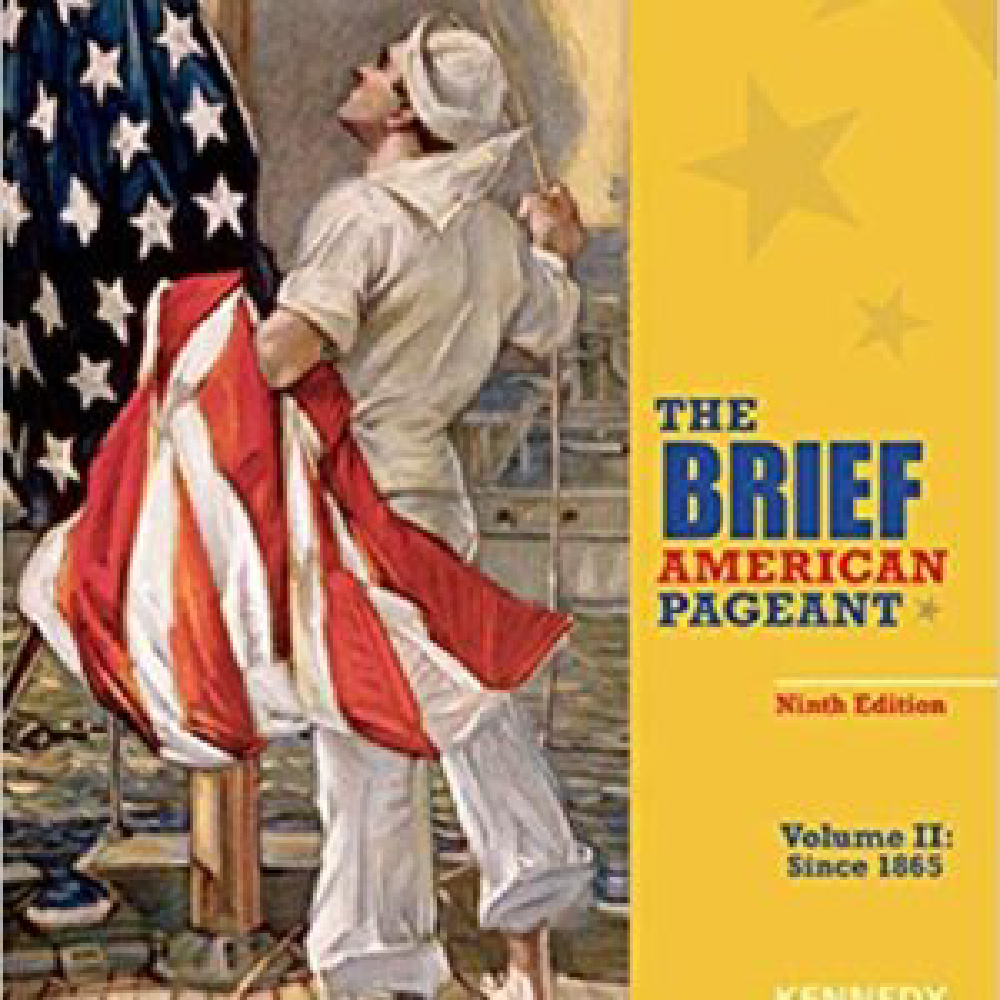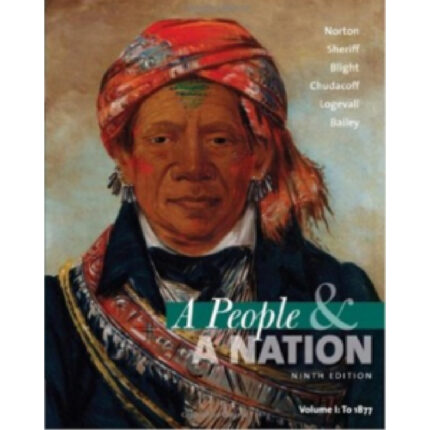MULTIPLE CHOICE
38. What was one of Warren G. Harding’s weaknesses as a president?
a. A lack of political experience
b. An overly analytical mind
c. An inability to detect moral weaknesses in his associates
d. Excessive brusqueness when rejecting a proposal
e. Neglect of domestic issues in favor of international involvement
ANS: C REF: The Republican “Old Guard” Returns
39. Match each member of President Harding’s cabinet below with his position.
A. Charles Evans Hughes 1. Secretary of the Treasury
B. Andrew Mellon 2. Secretary of the Interior
C. Herbert Hoover 3. Secretary of State
D. Albert Fall 4. Secretary of Commerce
E. Harry Daugherty 5. Attorney General
a. A-5, B-3, C-2, D-4, E-1
b. A-3, B-1, C-4, D-2, E-5
c. A-2, B-4, C-3, D-5, E-1
d. A-4, B-5, C-1, D-3, E-2
e. A-1, B-2, C-5, D-3, E-4
ANS: B REF: The Republican “Old Guard” Returns
40. Which of the following individuals was considered one of the “worst minds” and “corrupt characters” in President Harding’s cabinet?
a. Herbert Hoover
b. Calvin Coolidge
c. Andrew Mellon
d. Charles Evans Hughes
e. Albert Fall
ANS: E REF: The Republican “Old Guard” Returns
41. Republican economic policies under Warren G. Harding
a. sought to return to the pure laissez-faire doctrines practiced under William McKinley.
b. endorsed government to help guide business along the path to profits.
c. sought regulation only in the area of fair trade and consumer rights.
d. aimed at increasing business competition through antitrust enforcement.
e. sought federal consolidation of business and labor into corporate syndicates.
ANS: B REF: The Republican “Old Guard” Returns
42. Which legal action was taken by the Supreme Court in the 1920s?
a. The court found federal ownership of western oil reserves unconstitutional.
b. The court declared federal child-labor laws unconstitutional.
c. The court severely restricted government intervention in foreign countries´ affairs.
d. The court took positions that defended labor’s organizing rights.
e. The court upheld laws providing special protection for older women workers.
ANS: B REF: The Republican “Old Guard” Returns
43. The anti-labor tenor of the 1920s was seen early on in the bloody ____ strike of 1919.
a. railroad
b. textile
c. auto
d. garment
e. steel
ANS: E REF: The Aftermath of War
44. In the case of Adkins v. Children’s Hospital, the Supreme Court reversed its own earlier ruling that
a. immigration laws could not distinguish people based on national origins.
b. affirmative action in federal hiring policies was constitutional.
c. the Clayton Act’s recognition of labor unions was constitutional.
d. federal law could provide special legal protections for women.
e. industry trade associations were a violation of antitrust laws.
ANS: D REF: The Republican “Old Guard” Returns
45. The nonbusiness group that realized the most significant, lasting gains from World War I and its aftermath was
a. labor.
b. blacks.
c. immigrants.
d. women.
e. veterans.
ANS: E REF: The Aftermath of War
46. In the Washington Disarmament Conference of 1921-1922, the United States reached agreements with several other countries regarding
a. the rearming of Germany.
b. Japanese aggression in Manchuria.
c. the disarming of rebels in former Ottoman territories in the Middle East.
d. trade and naval operations in the Pacific.
e. naval operations in the North Atlantic.
ANS: D REF: America Seeks Benefits Without Burdens
47. President Harding and Secretary of State Charles Evans Hughes were willing to seize the initiative on the issue of international disarmament partly because
a. they feared renewed war in Europe.
b. the United States could not likely win a naval arms race with Britain and Japan.
c. businesspeople were unwilling to help pay for a larger United States Navy.
d. they did not want the League of Nations to become involved in East Asia.
e. American public opinion supported peacemaking efforts.
ANS: C REF: America Seeks Benefits Without Burdens
48. The 1928 Kellogg-Briand Pact
a. formally ended World War I for the United States, which had refused to sign the Treaty of Versailles.
b. set a schedule for German payment of war reparations.
c. established a battleship ratio for the leading naval powers.
d. condemned Japan for its unprovoked attack on Manchuria.
e. outlawed war as a solution to international rivalry.
ANS: E REF: America Seeks Benefits Without Burdens
49. The Fordney-McCumber Tariff had the economic effect of
a. encouraging American manufacturers to produce for overseas markets.
b. forcing European producers to lower their prices in order to sell in American markets.
c. inducing Europeans to raise their own tariff barriers, virtually killing international trade.
d. enabling American farmers to dump their products overseas and thus maintain higher prices at home.
e. creating increased American trade with Mexico and Canada, which were not covered by the tariff barriers.
ANS: C REF: Hiking the Tariff Higher
50. In addition to the Teapot Dome debacle, a scandal in the ____ tarnished the reputation of the Harding Administration.
a. Women´s Bureau
b. Railway Labor Administration
c. Treasury Department
d. Commerce Department
e. Veterans Bureau
ANS: E REF: The Stench of Scandal













Reviews
There are no reviews yet.